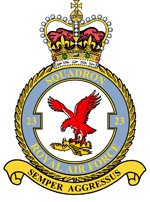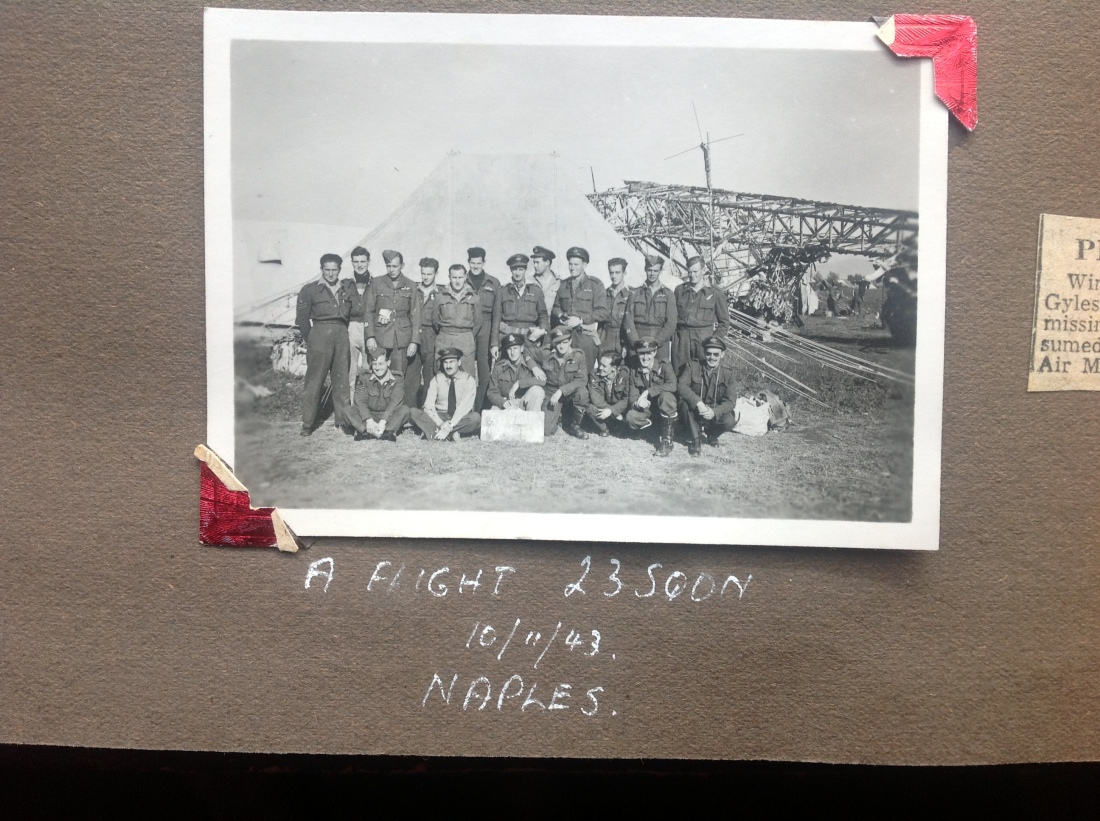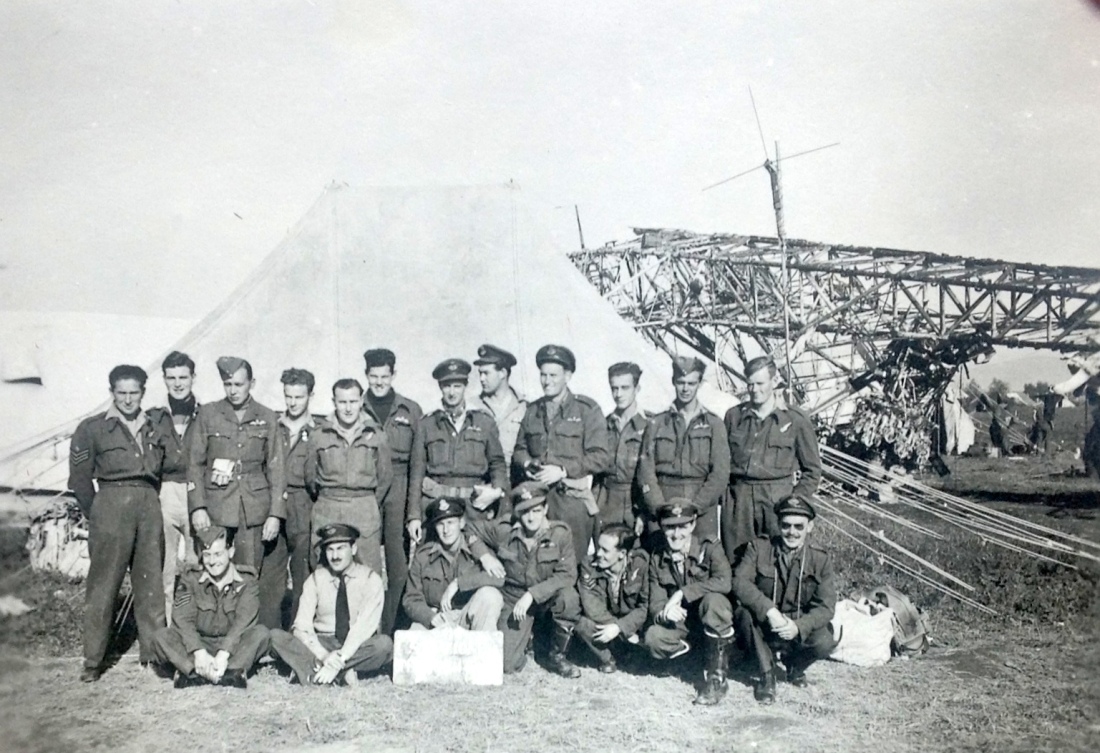This was the first post written on April 5, 2010. The group picture features pilots and navigators of 23 Squadron. It was taken probably in June 1945, but no later than July 1945 since I know Eugene Gagnon, a French-Canadian Mosquito pilot, came back to Quebec.
This is post no. 432.
I don’t believe anyone who finds this blog will read everything in it from the start. My blog was not created to monetise what I write. I don’t monetise the sacrifice of the Fallen or those who came back and relived what they went through during WWII.
The advertisements on this blog is generated by WordPress. It could be distracting sometimes, but that’s how you donate to keep this blog online.
Always feel free to comment because I always reply and help with any request.
Pierre
This could be the start of the amazing story of the airmen of a forgotten squadron in Little Snoring.
Please leave a comment…
Picture taken in 1945 before the squadron was disbanded (Courtesy Tom Cushing via Peter Smith)
Source Internet
Squadron 23
No. 23 Squadron formed at Fort Grange, Gosport on 1 Sep 1915 under the command of one of the RAF’s most experienced operational pilots – Captain Louis Strange. After a brief period attempting to counter German airship flights over London, the Squadron moved to France with its FE2Bs initially employed on escort duties. By early 1917, Spad single-seaters had arrived, and were being used on offensive patrols. By the end of the War, the Squadron had converted to Dolphins, and flew these until disbanded at the end of 1919.
On 1 July 1925, No. 23 Squadron reformed at Henlow with Snipes, but these were replaced shortly after with Gloster Gamecocks. In 1931, the Squadron was tasked with carrying out trials on the new Hawker Hart two-seaters, taking the production version, known as Demons, on strength in 1933. It wasn’t until late 1938 that the squadron received its first monoplanes in the form of Blenheims, and these were used as night-fighters in the early days of World War II whilst based at Wittering. In 1941, Havocs replaced the Blenheims, and these were used with great success in the intruder role, until themselves replaced by the Mosquito in mid-1942. At the end of the year, the squadron moved to Malta in support of allied operations in the Mediterranean before returning to the UK in 1944.
In September 1945, the Squadron had disbanded, reforming a year later at Wittering with Mosquito night-fighters. By late 1953, Venom night fighters had joined the Squadron, before Javelin all-weather supersonic fighters replaced these in 1957. In 1964, the Lightning replaced the Javelin, and it was with this classic aircraft that the squadron continued until Phantoms were received in late 1975, this coinciding with a moved to Wattisham in Suffolk. After the Falklands War in 1982, the Squadron occupied Port Stanley airfield until reduced to a Flight of four aircraft in 1988, reforming at Leeming with Tornado F3s. Defence cuts following the end of the Cold War saw the unit disbanded in March 1994. No. 23 Squadron was again reformed, this time as part of the Waddington AEW Wing in 1996, sharing not only the aircraft with the already established No. 8 Squadron, but operational duties in Europe and the Gulf.
The Squadron was officially disbanded on 2 Oct 2009.
This Squadron has been virtually reformed…
If you have any information about 23 Squadron and you wish to share what you know, you can contact me using this form.








